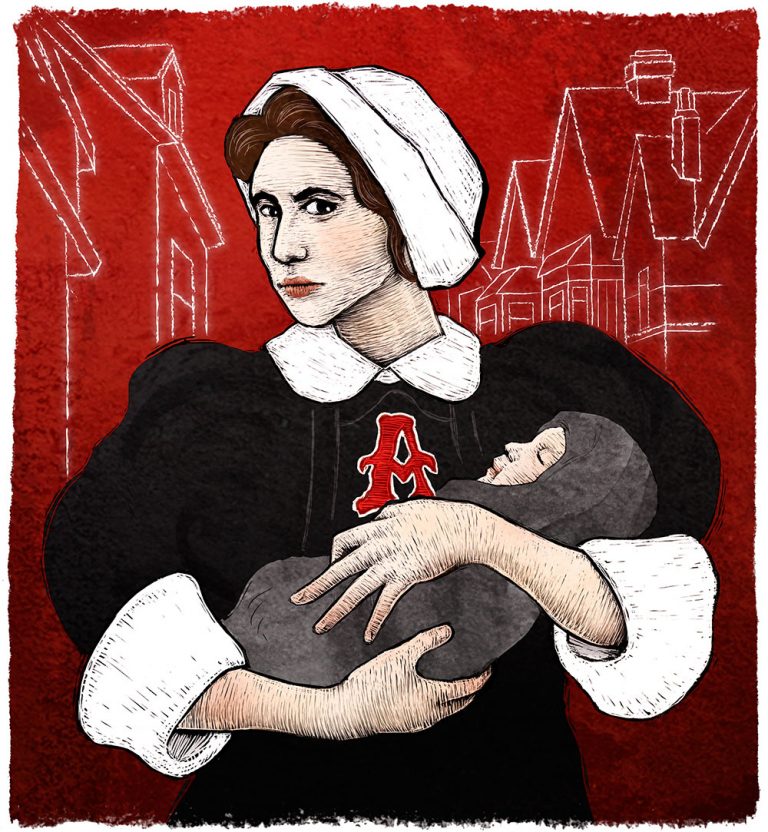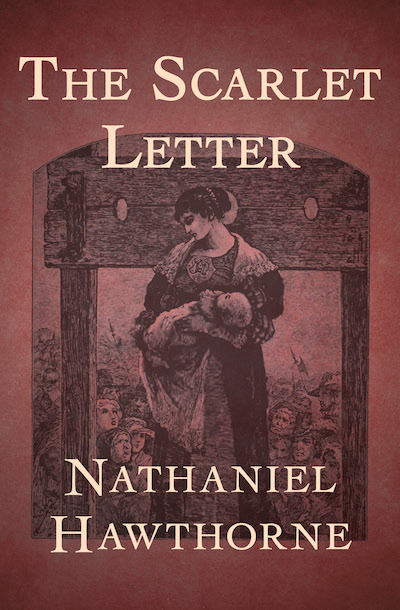

They frequently focus primarily upon the individual reader's experience while reading the work and the sharing of these experiences with other readers. Many of the activities suggested in this teacher's guide are inductive. Rather than treating The Scarlet Letter as an artifact we must study as a cultural obligation, this approach emphasizes the significance this classic literary work holds for the lives of its readers. This teacher's guide presents a teaching approach to The Scarlet Letter that encourages student involvement.

Hester Prynne's plight can arouse sympathy, Arthur Dimmesdale's hypocrisy can provoke anger, and Roger Chillingworth's evil revenge can elicit disgust among today's high school readers. Viewed in this light, the novel can be approached as the story of a woman who let her heart rule her head and suffered the consequences. The themes of alienation and breaking society's rules are ones to which many teenagers can readily relate. She uses her wisdom to comfort the discouraged individuals struggling against the system.Although written almost 150 years ago, Nathaniel Hawthorne's The Scarlet Letter contains concepts and insights relevant to contemporary readers.
#Scarlet letter free
Her self-realization allows Hester to break free of the cultural norms and focus on impacting society for the good. Hester rejects predestination and becomes her own savior, eventually advising other society members. Dimmesdale attempts but fails to break free of the Puritan belief in predestination. Hester’s overcoming society’s stipulations placed upon her indicates Hawthorne’s Romantic assertion that the individual determines her course.Īlso, while the Puritans believed in predestination, Hawthorne claims that redemption consists of self-realization and empowerment. He agrees with the Puritans that sin was a result of wickedness, but disagrees that sin damned a person forever. But using a historical approach, I examine the Puritan background to accentuate Hawthorne’s nuanced fusion of Puritanical conceptions with Romantic perceptions of sin and redemption.įor instance, while the Puritans viewed sin as evil and believed in the weight of collective guilt, Hawthorne accepts that there was “an educative effect” in sin (Mills 97). At initial glance, it appears that Hawthorne does one of two things: he either disconnects entirely or adheres strictly to Puritan doctrines and culture. Insufficient attention has been given to Hawthorne’s precise changing of historical Puritan beliefs in order to depict his Romantic notions. I call attention to how Hawthorne takes his knowledge of the New England Puritans and alters the historical context to emphasize his Romantic views of sin and redemption.

He also outlines the physical demise and spiritual indecision of the minister as Dimmesdale struggles to live two opposing lives. He demonstrates Hester’s refusal to publically accept her sin as such. Dimmesdale, whose adultery has resulted in the birth of Pearl and Hester’s scarlet A. He addresses sin and redemption through his primary characters Hester Prynne and the Reverend Mr. Nathaniel Hawthorne’s The Scarlet Letter portrays his understanding of Puritan doctrines and culture.


 0 kommentar(er)
0 kommentar(er)
